AI Avatars in the Metaverse: How Digital Beings Are Redefining Identity and Social Interaction
Last updated: November 28, 2025 Read in fullscreen view
- 25 Nov 2025
 How AI Agents Are Redefining Enterprise Automation and Decision-Making 22/36
How AI Agents Are Redefining Enterprise Automation and Decision-Making 22/36 - 05 Oct 2025
 The New Facebook Algorithm: A Paradigm Shift in Content Discovery 19/46
The New Facebook Algorithm: A Paradigm Shift in Content Discovery 19/46 - 01 Jul 2025
 The Hidden Costs of Not Adopting AI Agents: Risk of Falling Behind 17/108
The Hidden Costs of Not Adopting AI Agents: Risk of Falling Behind 17/108 - 07 Nov 2025
 Online vs. Offline Machine Learning Courses in South Africa: Which One Should You Pick? 16/30
Online vs. Offline Machine Learning Courses in South Africa: Which One Should You Pick? 16/30 - 21 Nov 2025
 The Rise of AgentOps: How Enterprises Are Managing and Scaling AI Agents 12/43
The Rise of AgentOps: How Enterprises Are Managing and Scaling AI Agents 12/43 - 03 Nov 2023
 Why Is Billable Viable Product An Alternative To Minimum Viable Product? 12/165
Why Is Billable Viable Product An Alternative To Minimum Viable Product? 12/165 - 06 Nov 2025
 Top 10 AI Development Companies in the USA to Watch in 2026 10/36
Top 10 AI Development Companies in the USA to Watch in 2026 10/36 - 18 Jul 2024
 The 8 Best ways to Innovate your SAAS Business Model in 2024 8/204
The 8 Best ways to Innovate your SAAS Business Model in 2024 8/204 - 30 Jul 2024
 The Future of IT Consulting: Trends and Opportunities 8/131
The Future of IT Consulting: Trends and Opportunities 8/131 - 02 Oct 2022
 The Real Factors Behind Bill Gates’ Success: Luck, Skills, or Connections? 8/300
The Real Factors Behind Bill Gates’ Success: Luck, Skills, or Connections? 8/300 - 14 Aug 2024
 From Steel to Software: The Reluctant Evolution of Japan's Tech Corporates 6/488
From Steel to Software: The Reluctant Evolution of Japan's Tech Corporates 6/488 - 27 Jul 2024
 Positive Psychology in the Digital Age: Future Directions and Technologies 6/337
Positive Psychology in the Digital Age: Future Directions and Technologies 6/337 - 11 Oct 2022
 Why choose Billable Viable Product (BVP) over Minimum Viable Product (MVP) 5/315
Why choose Billable Viable Product (BVP) over Minimum Viable Product (MVP) 5/315 - 05 Aug 2024
 Revisiting the Mistake That Halted Japan's Software Surge 5/320
Revisiting the Mistake That Halted Japan's Software Surge 5/320 - 24 Dec 2024
 Artificial Intelligence and Cybersecurity: Building Trust in EFL Tutoring 5/144
Artificial Intelligence and Cybersecurity: Building Trust in EFL Tutoring 5/144 - 09 Jul 2024
 What Is Artificial Intelligence and How Is It Used Today? 3/216
What Is Artificial Intelligence and How Is It Used Today? 3/216 - 27 Feb 2025
 How AI Agents are Changing Software Development? 3/170
How AI Agents are Changing Software Development? 3/170 - 09 Oct 2024
 Short-Form Video Advertising: The Secret to Captivating Your Audience 3/107
Short-Form Video Advertising: The Secret to Captivating Your Audience 3/107 - 05 Jun 2025
 How AI-Driven Computer Vision Is Changing the Face of Retail Analytics 2/77
How AI-Driven Computer Vision Is Changing the Face of Retail Analytics 2/77 - 21 Apr 2025
 Agent AI in Multimodal Interaction: Transforming Human-Computer Engagement 2/147
Agent AI in Multimodal Interaction: Transforming Human-Computer Engagement 2/147 - 17 Oct 2025
 MLOps vs AIOps: What’s the Difference and Why It Matters 2/66
MLOps vs AIOps: What’s the Difference and Why It Matters 2/66 - 28 Nov 2025
 How AI Will Transform Vendor Onboarding and Seller Management in 2026 2/19
How AI Will Transform Vendor Onboarding and Seller Management in 2026 2/19 - 21 Dec 2023
 Top 12 Low-Code Platforms To Use in 2024 2/1147
Top 12 Low-Code Platforms To Use in 2024 2/1147 - 31 Dec 2022
 The New Normal for Software Development 2/343
The New Normal for Software Development 2/343 - 06 Jan 2025
 How FlexClip AI Makes Video Editing Easier 2/139
How FlexClip AI Makes Video Editing Easier 2/139 - 25 Jan 2025
 The Decline of Traditional SaaS and the Rise of AI-first Applications 2/73
The Decline of Traditional SaaS and the Rise of AI-first Applications 2/73 - 21 Aug 2024
 What is Singularity and Its Impact on Businesses? 2/324
What is Singularity and Its Impact on Businesses? 2/324 - 01 Jun 2024
 Top AI Video Tools for 2026 — Updated with 2025’s Quick Edit & Text-to-Video Trends 2/297
Top AI Video Tools for 2026 — Updated with 2025’s Quick Edit & Text-to-Video Trends 2/297 - 18 Aug 2024
 The Future of Web Development: Emerging Trends and Technologies Every Developer Should Know 2/173
The Future of Web Development: Emerging Trends and Technologies Every Developer Should Know 2/173 - 10 Sep 2024
 Leading Remote Teams in Hybrid Work Environments 2/125
Leading Remote Teams in Hybrid Work Environments 2/125 - 04 Oct 2023
 The Future of Work: Harnessing AI Solutions for Business Growth 2/258
The Future of Work: Harnessing AI Solutions for Business Growth 2/258 - 05 Sep 2024
 The Inverted Approach: A Guide to Identifying Software Risks with Reverse Brainstorming 1/219
The Inverted Approach: A Guide to Identifying Software Risks with Reverse Brainstorming 1/219 - 22 Nov 2024
 The Role of AI in Enhancing Business Efficiency and Decision-Making 1/154
The Role of AI in Enhancing Business Efficiency and Decision-Making 1/154 - 02 Dec 2024
 The Intersection of AI and Business Analytics: Key Concepts to Master in Your Business Analytics Course 1/252
The Intersection of AI and Business Analytics: Key Concepts to Master in Your Business Analytics Course 1/252 - 29 Oct 2024
 Top AI Tools and Frameworks You’ll Master in an Artificial Intelligence Course 1/328
Top AI Tools and Frameworks You’ll Master in an Artificial Intelligence Course 1/328 - 20 Feb 2025
 How Machine Learning is Shaping the Future of Digital Advertising 1/76
How Machine Learning is Shaping the Future of Digital Advertising 1/76 - 03 Jan 2024
 Why Partnership is important for Growth? 1/145
Why Partnership is important for Growth? 1/145 - 31 Dec 2022
 Future of Software Development Trends and Predictions for 2023 1/120
Future of Software Development Trends and Predictions for 2023 1/120 - 16 Aug 2022
 What is a Headless CMS? 1/225
What is a Headless CMS? 1/225 - 16 Sep 2022
 Examples Of Augmented Intelligence In Today’s Workplaces Shaping the Business as Usual 1/394
Examples Of Augmented Intelligence In Today’s Workplaces Shaping the Business as Usual 1/394 - 05 Aug 2024
 Affordable Tech: How Chatbots Enhance Value in Healthcare Software 1/142
Affordable Tech: How Chatbots Enhance Value in Healthcare Software 1/142 - 06 May 2025
 How Machine Learning Is Transforming Data Analytics Workflows 1/148
How Machine Learning Is Transforming Data Analytics Workflows 1/148 - 20 Aug 2025
 What Is Agentic AI? The Next Phase of Artificial Intelligence 1/96
What Is Agentic AI? The Next Phase of Artificial Intelligence 1/96 - 27 Aug 2025
 How AI Consulting Is Driving Smarter Diagnostics and Hospital Operations /66
How AI Consulting Is Driving Smarter Diagnostics and Hospital Operations /66 - 15 Aug 2025
 Quantum Technology: Global Challenges and Opportunities for Innovators /56
Quantum Technology: Global Challenges and Opportunities for Innovators /56 - 29 Aug 2025
 How AI Is Transforming Modern Management Science /33
How AI Is Transforming Modern Management Science /33 - 22 Sep 2025
 Why AI Is Critical for Accelerating Drug Discovery in Pharma /53
Why AI Is Critical for Accelerating Drug Discovery in Pharma /53 - 24 Oct 2025
 AI Agents in SaaS Platforms: Automating User Support and Onboarding /51
AI Agents in SaaS Platforms: Automating User Support and Onboarding /51 - 01 Jul 2025
 Stop Wasting Content—Turn Long Videos into Viral Clips in Minutes /41
Stop Wasting Content—Turn Long Videos into Viral Clips in Minutes /41 - 10 Nov 2025
 Multi-Modal AI Agents: Merging Voice, Text, and Vision for Better CX /33
Multi-Modal AI Agents: Merging Voice, Text, and Vision for Better CX /33 - 18 Jan 2024
 Self-healing code is the future of software development /200
Self-healing code is the future of software development /200 - 19 Dec 2023
 How AI is Transforming Software Development? /275
How AI is Transforming Software Development? /275 - 15 Apr 2024
 Weights & Biases: The AI Developer Platform /170
Weights & Biases: The AI Developer Platform /170 - 31 Dec 2023
 Software Development Outsourcing Trends to Watch Out for in 2024 /160
Software Development Outsourcing Trends to Watch Out for in 2024 /160 - 10 Sep 2024
 AI in Email Marketing: Personalization and Automation /154
AI in Email Marketing: Personalization and Automation /154 - 08 May 2024
 Time Unlocked: Mastering the Pomodoro Technique Against Parkinson's Law /189
Time Unlocked: Mastering the Pomodoro Technique Against Parkinson's Law /189 - 25 Sep 2024
 Enhancing Decision-Making Skills with an MBA: Data-Driven Approaches for Business Growth /177
Enhancing Decision-Making Skills with an MBA: Data-Driven Approaches for Business Growth /177 - 19 Apr 2024
 What is Skills-Based Approach & Why Does it Matter? /119
What is Skills-Based Approach & Why Does it Matter? /119
Over the past few years, the metaverse has evolved from a science fiction concept to a virtual digital frontier, revolutionizing the way individuals live out their identity, communicate, and belong. The driving force behind this revolution are AI avatars—hyper-realistic, smart digital characters that enable users to discover and embody themselves in new ways. These avatars are not mere game props or animated characters; they are manifestations of our selves, driven by advanced computer vision algorithms, natural language processing, and machine learning. As the metaverse evolves, AI avatars become key stakeholders in redefining who we are and how we interact in virtual worlds.
From Representation to Identity
Classic avatars—usually reduced to visual skins customizable in games—have been static, superficial facsimiles of users in the past. The AI-based avatars of today are considerably more dynamic. These savvy digital entities can change tone, speech, and behavior according to context, echoing the personality of the user or creating entirely new personalities.
Such interaction brings about a new level of identity creation. People no longer have to fit into real-life limitations such as gender, age, or appearance. Rather, they can construct identities based on how they feel, what they believe in, or how they wish to be treated in a specific social setting. Whether a photorealistic human figure or an imaginary creature with emotive movement, AI avatars enable infinite self-expression—a particularly freeing idea for marginalized groups looking for safe spaces to experiment with identity without the fear of prejudice.
The Emergence of AI Companionship and Compassion
AI avatars are more than user representations; a few are autonomous beings created to communicate with humans in substantial conversation. These virtual entities, imbued with emotional intelligence and contextual understanding, play many roles—from virtual friends and therapists to mentors and guides.
In social metaverse spaces, AI avatars can aid in interactions by lessening the burden on users to behave socially. For example, a person with social anxiety would use an understanding AI friend to rehearse conversations beforehand before joining a group chat or virtual meeting. Avatars also assist in overcoming language barriers with real-time translation, allowing cross-cultural interactions to become smoother and more inclusive.
This growth represents a transition from transactional digital exchanges to more emotionally powerful interactions. AI avatars can foster empathy, comprehension, and profound human connections, even in vast digital spaces.
Shaping Virtual Economies and Workspaces
Apart from social applications, AI avatars are increasingly at the forefront of nascent economies in the metaverse. Virtual customer support agents, online influencers, and brand ambassadors powered by AI are transforming how companies engage with their followers. The avatars can work 24/7, answer in real-time, and even interpret user behavior to provide personalized experiences.
In virtual offices, AI avatars are functioning as virtual coworkers or assistants. They assist with meetings, offer updates, and even engage with coworkers in natural language, enhancing the immersive and productive remote work experience. Avatars can be used by employees that represent their work personas or even teamed-up avatars representing teams in digital boardrooms.
This workforce of digitized humans unlocks the door to a new economy where employment does not break on geographical walls and where collaboration is fueled by smart digital agents.
Cultural Impact and Ethical Considerations
As increasingly sophisticated AI avatars become part of everyday digital existence, they also introduce nuanced cultural and ethical issues. For example, what if a digital entity closely replicates the personality or image of an actual person? To whom does ownership of that identity belong? Should consent protocols exist for AI-created depictions of real individuals?
Also, as individuals spend more time communicating through AI avatars, worries about disconnecting from genuine human interaction ensue. There is the fine line of using AI to maximize digital interaction while preserving real interpersonal relationships based on human experience.
Regulation and governance of the metaverse need to keep up with these advancements to promote ethical use of AI, data privacy, and safeguards against abuse or manipulation of virtual identities.
Creative Empowerment in the Metaverse
Among the most exciting opportunities offered by AI avatars is how they empower people creatively. Creators can create their virtual avatars with ease using intuitive tools that do not require any technical expertise. This ease has blown up the creator economy within the metaverse, enabling anyone who has a tale to tell or a product to sell to craft his or her own distinctive digital persona.
Applications designed for this cause provide drag-and-drop functionality, live facial expression mimicry, and customizable personas. These platforms are equipping individuals from all walks of life—artists, teachers, business people—to establish genuine relationships with audiences worldwide. From gaming, virtual fashion, to virtual classrooms, AI avatars are giving creative voices new liftoff.
One of the most powerful tools in this area is an AI avatar generator, which makes it possible for both hobbyists and businesses to create realistic and intelligent avatars. These platforms enable users to craft lifelike characters suitable for conversation, storytelling, or even role-playing, all without needing extensive coding or design expertise.
Improving Engagement with Multimedia
As avatars gain more intelligence, their convergence with multimedia components is gaining momentum. Speech, video, and movement now take center stage in providing immersive experiences. This integration of AI and multimedia has created a boom for apps that are capable of producing high-quality content without much delay, according to these virtual personas.
A perfect example of this synergy is seen in how invideo AI offers an AI video app that enables creators to craft compelling videos featuring their AI avatars with minimal effort. Whether it's for marketing, education, or social media engagement, the app automates much of the production process—adding voiceovers, subtitles, and transitions—while still giving creators control over the final narrative.
This synthesis not only conserves resources and time but also ensures avatar-based content has a unified tone and visual identity across platforms. It's an asset that any entrepreneur seeking to project a robust digital presence within the competitive environment of the metaverse can bank on.
A Glimpse into the Future
The metaverse is in its infancy, but the potential impact of AI avatars on its future cannot be denied. As the technology improves, these virtual entities will become more intelligent, more responsive, and more fundamental to the way we live, work, and interact online.
We're moving toward a world where what's real and what's virtual become ever more indistinguishable. In it, our online versions—driven by smart avatars—may not only reflect who we are but provide new means of expanding, linking, and expressing our truest selves in ways the material world never could.
| About the Author | Guest Author | Technical Writer |

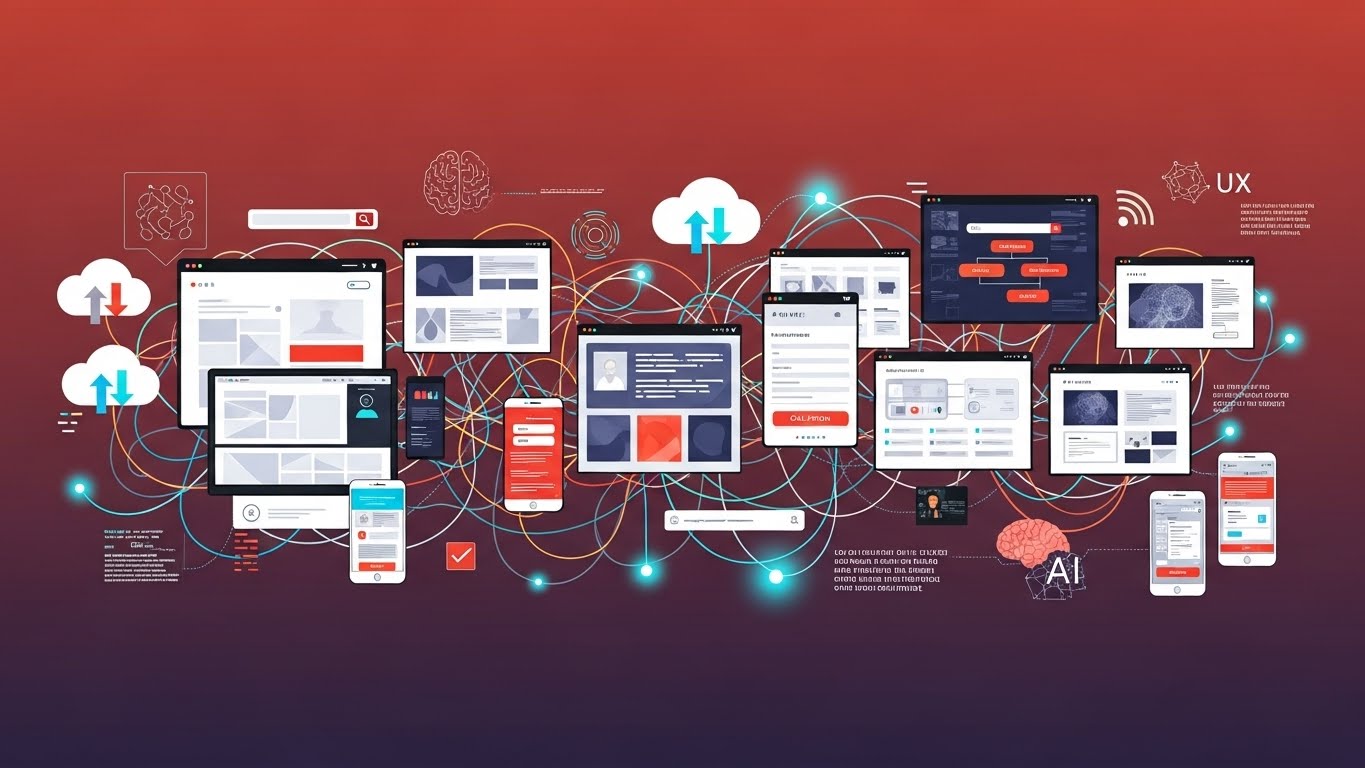
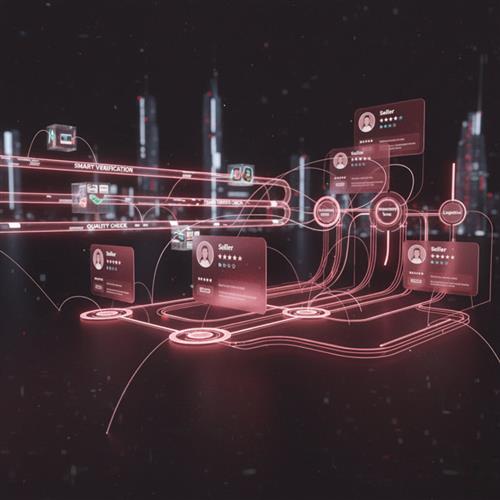
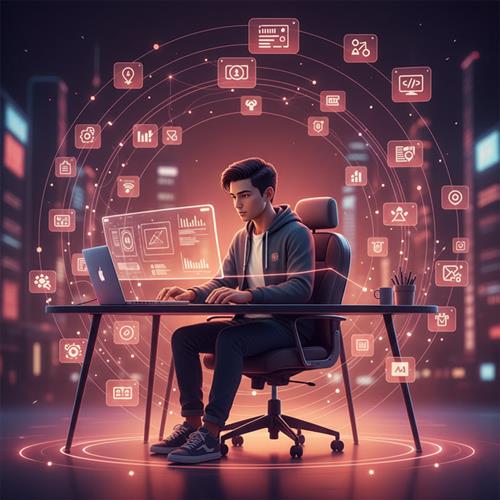

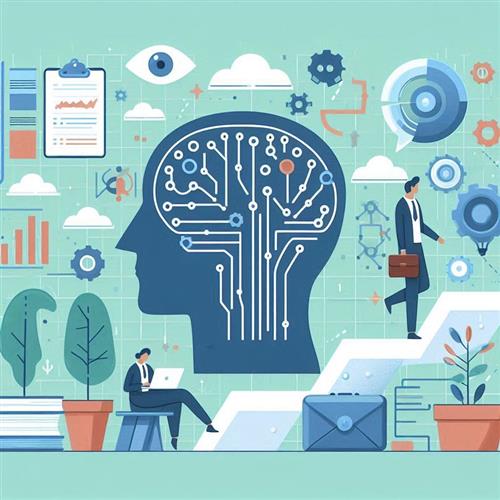
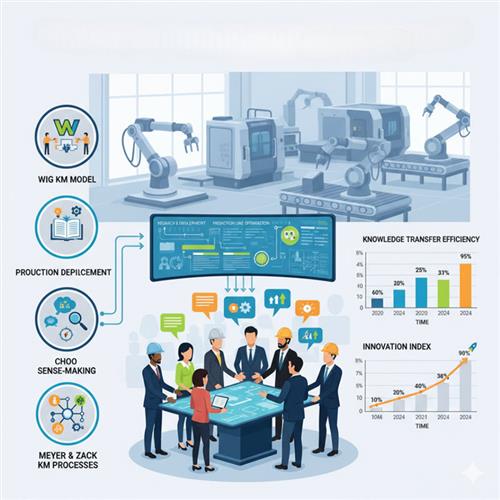
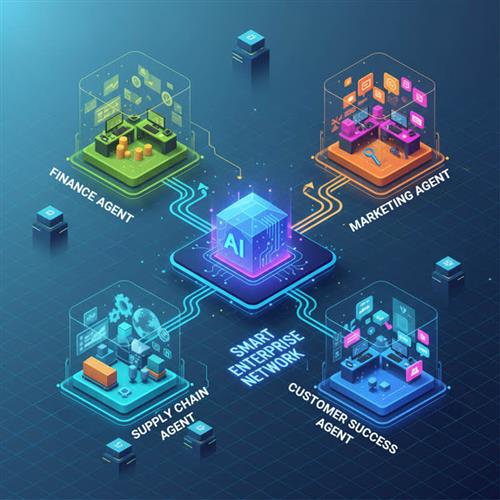
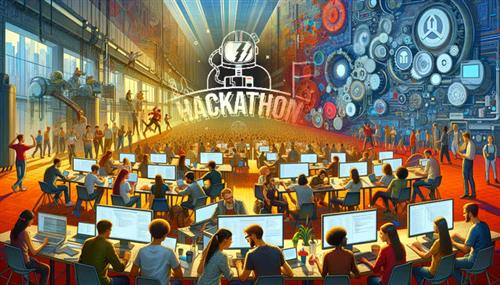
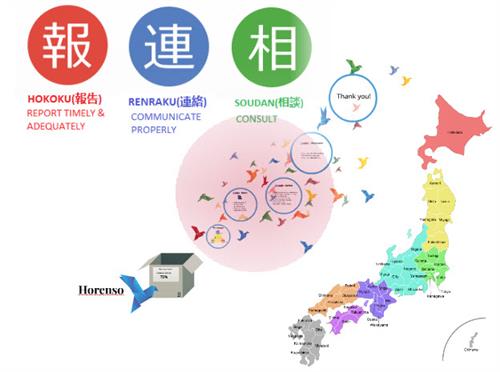




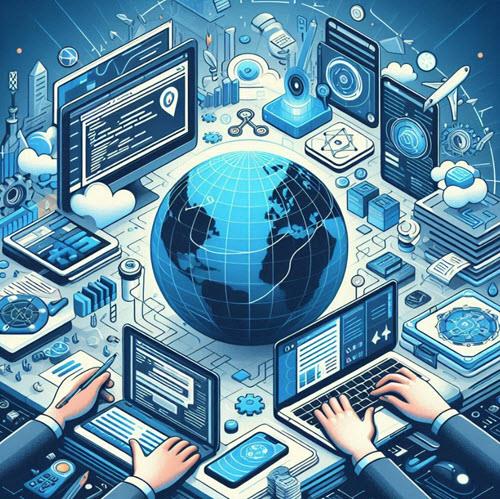


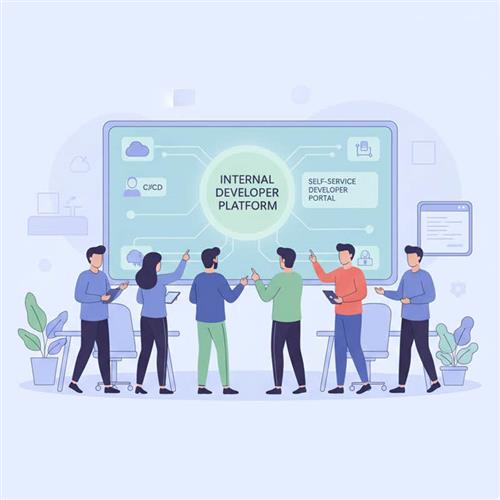




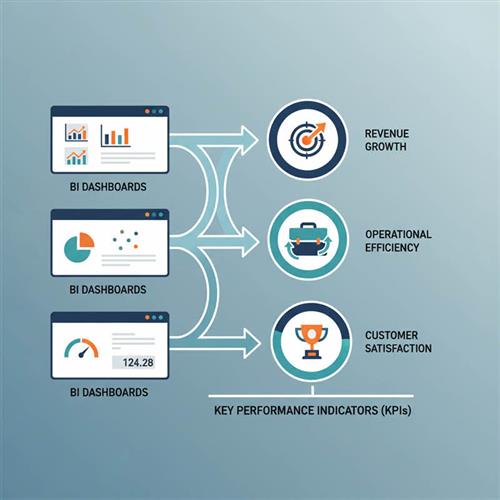
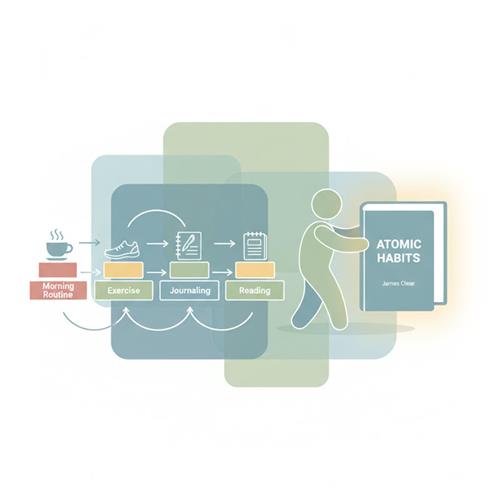










 Link copied!
Link copied!
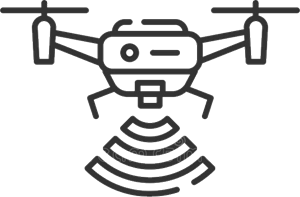 Recently Updated News
Recently Updated News